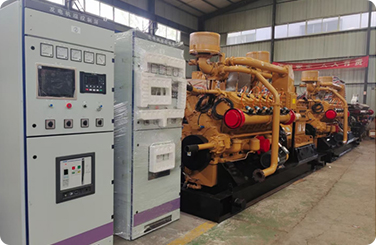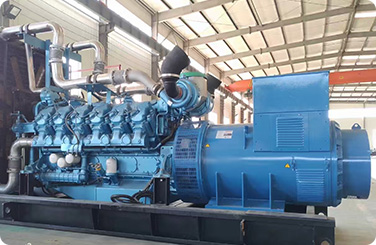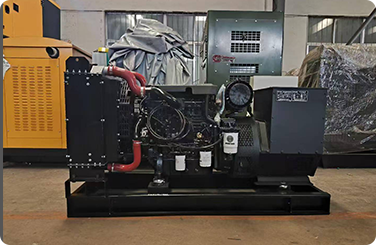How CHP Solutions Improve Efficiency and Reduce Emissions
In a world chasing net-zero and slashing inefficiencies like deadweight, Combined Heat and Power (CHP) systems are stepping into the spotlight — and rightfully so.
1. Two Birds, One Brilliant System
CHP captures the waste heat from electricity generation and puts it to work — heating water, space, or processes. That’s up to 80% total system efficiency, compared to the paltry ~50% from traditional power plants.
2. Lower Emissions, Real Fast
Less fuel burned = fewer emissions. By using energy twice (first for power, then for heat), CHP systems can cut CO₂ emissions by up to 30%. That’s not just smart — it’s sustainable.
3. Onsite Power = Energy Independence
CHP systems decentralize energy. You’re not just at the mercy of the grid anymore — you’re generating power and heat where you need it, when you need it.
4. Scalable for Any Sector
Hospitals, factories, universities — CHP doesn’t discriminate. Whether you’re running a small campus or a full-blown industrial plant, there’s a CHP setup that fits.
5. Future-Proofing Energy Strategy
As the push for cleaner tech grows, CHP bridges the gap — delivering high efficiency today and integrating seamlessly with renewables tomorrow.
Wrap-Up:
CHP isn’t just a system — it’s a mindset shift. It says: “Why waste energy when you can own it?” For operations aiming to cut costs, boost efficiency, and walk the walk on sustainability, CHP is the upgrade you’ve been waiting for.




